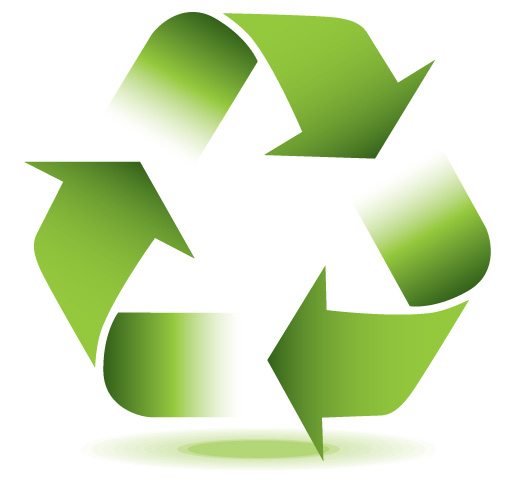With the new year comes a new area of focus for recycling. Until now, recycling has focused mostly on items like cans, bottles, paper, cardboard and plastic. A Jan. 1, 2020 target set by California Senate Bill (SB) 1383 (which was passed in 2016) directs California to recycle half of all organic waste. It also set a much more ambitious mandate for California to boost organic waste recycling to 75 percent by 2025.
“Organic waste” and “organics” are terms used to describe waste originating from living organisms and capable of being turned into compost, mulch or biofuel. Examples of organics in this context include yard waste, such as grass clippings and tree prunings, as well as food scraps, discarded lumber, manure and biosolids (sewage sludge). These items comprise approximately two-thirds of the material disposed by Ventura County residents and businesses.
Targeting organics for recycling has some of the same benefits as other recycling efforts. Resources will be conserved rather than being buried in landfills; jobs will be created, funded at least partly through the recovered value of products produced from recycled material; and landfill space will be saved. Focusing on organics recycling, however, is now a priority for two different reasons.
The firs reason: methane emission reduction. According to the website of the California Department of Resources Recycling and Recovery (CalRecycle), “methane emissions resulting
from the decomposition of organic waste in landfills are a significant source of greenhouse gas emissions contributing to global climate change.”
Secondly, responsibly managing organic waste will also redirect edible food waste from landfills to Californians in need. CalRecycle’s website notes that approximately 17 percent of statewide landfill disposal is food, and much of that food would be edible if it could be safely rescued and redirected to the “food insecure.”
In Ventura County, 16.6 percent of the population is “food insecure,” according to the website of our local food bank, Food Share. In fact, food insecurity is so severe, 69 percent of those identified as food insecure had to choose between food and utilities in the previous six months, according to a Food Share survey of clients. SB1383 set an additional goal of recovering “20 percent of currently disposed edible food . . . for human consumption by 2025.”
Ventura County jurisdictions all have separate curbside collection for yard clippings and local edible food recovery programs are growing, so local cities and the county have helped the state toward its Jan. 1 target. Waste-Free VC Coalition, a local group led by the Ventura County Public Health Department, has been key to the growth of food rescue and recovery programs, using a CalRecycle $500,000 grant to launch several initiatives.
SB1383 calls for enforcement of mandates to begin in 2022, and you can help your community comply by using your yard waste cart or hauling your yard clippings, tree trimmings and lumber to compost and mulch facilities. Some businesses also have enough landscape refuse to order a separate bin for yard waste, and a few have food waste composting programs. You can also divert food waste through home composting or a worm box, and food waste prevention can be accomplished through methods detailed at sites such as savethefood.com. Donating to local food rescue organizations such as Food Share or Food Forward is also important for helping Ventura County meet the state’s mandates.
Some previous types of recycling depended on overseas companies to manufacture discards into products. Organics recycling will depend on local composting, mulching, food waste reduction and food recovery.
David Goldstein is an Environmental Resource Analyst with the Ventura County Public Works Agency.
RESOURCES:
Food Share foodshare.com
Food Forward foodforward.org
Save the Food savethefood.com
https://vcreporter.com/2020/01/eye-on-the-environment-organic-waste-the-focus-for-recycling-in-2020/





